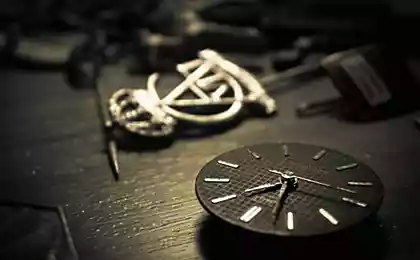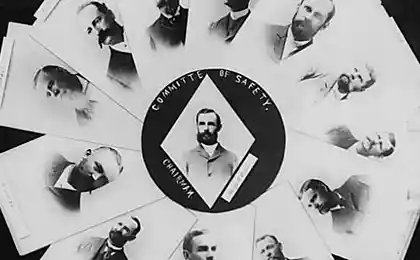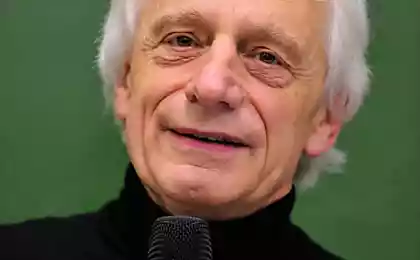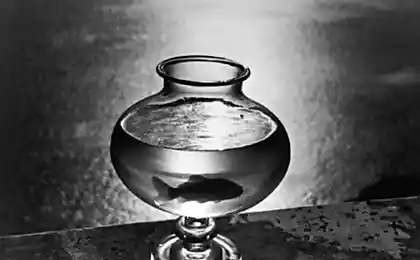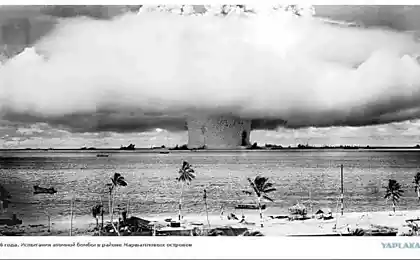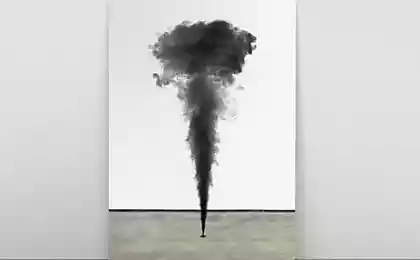794
Experiment: how long a person can live in complete isolation
What do you think, as you soak in solitude far from civilization? 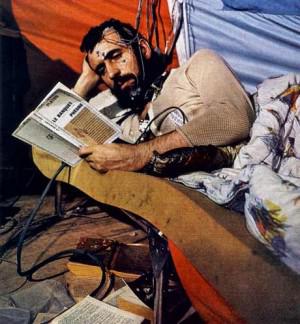
In 1962 23-year-old French geologist Michel Siffre one lived in a cave for two months and had no problems with the experienced. In 1972, he tried to repeat the experiment, and almost went mad.
The first time he intended to spend 15 days in a cave, but later decided that for the success of the experiment needs more time, and increased up to two months. He had a weak artificial light, watch and phone, with which he could make calls, but he could not call anybody. He chose a cave in the Alps, which gave him interesting from a geological point of view, the benefits - the constant cold and 98% humidity.
When his team arrived to pick him up, Siffre thought that they arrived six weeks earlier. His sense of time "sank" when he said something into the phone to his team, it seemed to him that the communication does not take more than 120 seconds, whereas in fact took place five minutes.
Also geologist counted how many times he ate, slept and woke up. Despite the lack of natural light, he continued to live in accordance with the 24-hour cycle.
Ten years later, he planned to arrange a vacation and stay in the cave again. This cave was in Texas. Siffre well prepared, and the cave was a warm and dry. Since its first experiment, the internal clock became a hot topic in science and Siffre hoping to adjust to the 48-hour cycle.
After two months Siffre became terribly depressed. His sleep-wake cycle is varied between 12 and 52 hours. During the experiment the scientist in the head were attached electrodes - so you can track the results. One day there was a storm, and the electrodes caused the painful shock: Siffre could not figure out how to get rid of the pain, until he was struck three times.
Although nightmares and depression, Siffre continues to conduct their experiments. He believes that his second experiment failed because of journals and records, that would help him to take the mind.
via factroom.ru

In 1962 23-year-old French geologist Michel Siffre one lived in a cave for two months and had no problems with the experienced. In 1972, he tried to repeat the experiment, and almost went mad.
The first time he intended to spend 15 days in a cave, but later decided that for the success of the experiment needs more time, and increased up to two months. He had a weak artificial light, watch and phone, with which he could make calls, but he could not call anybody. He chose a cave in the Alps, which gave him interesting from a geological point of view, the benefits - the constant cold and 98% humidity.
When his team arrived to pick him up, Siffre thought that they arrived six weeks earlier. His sense of time "sank" when he said something into the phone to his team, it seemed to him that the communication does not take more than 120 seconds, whereas in fact took place five minutes.
Also geologist counted how many times he ate, slept and woke up. Despite the lack of natural light, he continued to live in accordance with the 24-hour cycle.
Ten years later, he planned to arrange a vacation and stay in the cave again. This cave was in Texas. Siffre well prepared, and the cave was a warm and dry. Since its first experiment, the internal clock became a hot topic in science and Siffre hoping to adjust to the 48-hour cycle.
After two months Siffre became terribly depressed. His sleep-wake cycle is varied between 12 and 52 hours. During the experiment the scientist in the head were attached electrodes - so you can track the results. One day there was a storm, and the electrodes caused the painful shock: Siffre could not figure out how to get rid of the pain, until he was struck three times.
Although nightmares and depression, Siffre continues to conduct their experiments. He believes that his second experiment failed because of journals and records, that would help him to take the mind.
via factroom.ru



